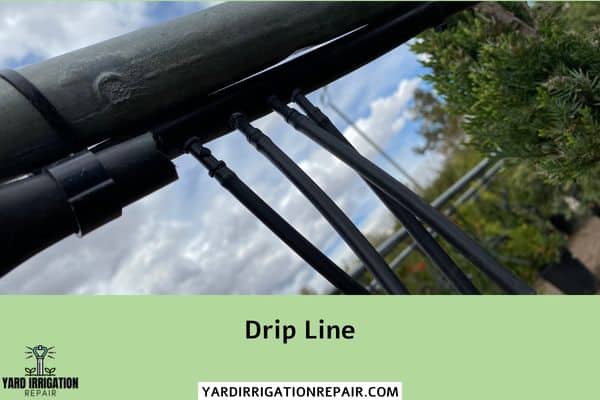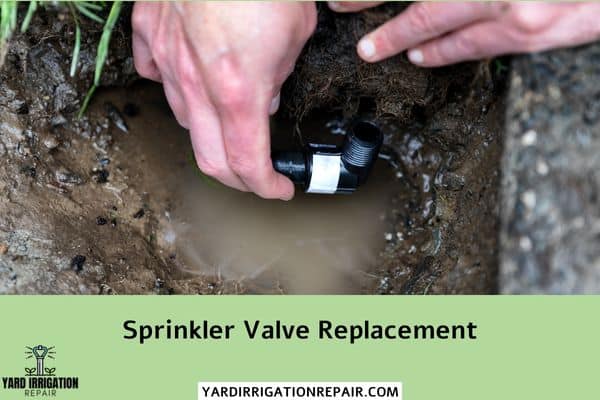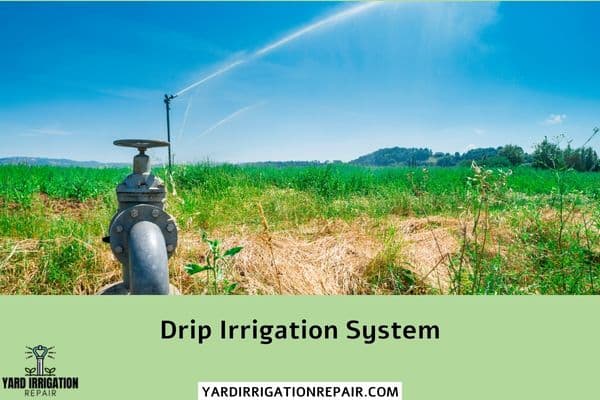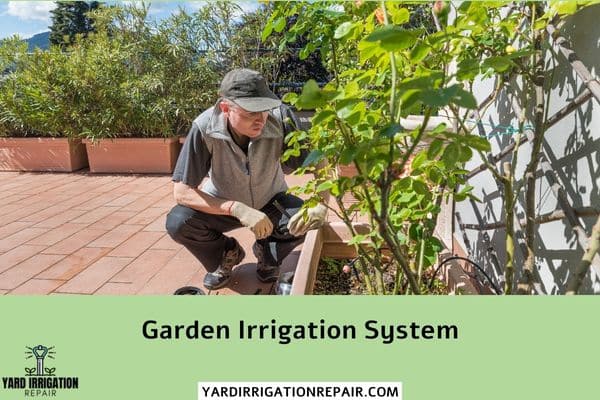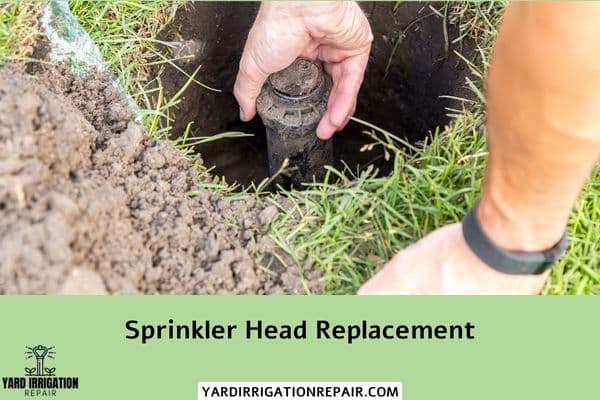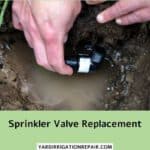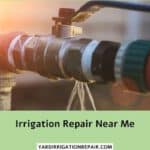Are you a homeowner repairing damaged PVC pipes or looking to add some DIY improvements to your plumbing system?
PVC is one of the most popular pipe materials used today for residential and commercial projects, but it’s important that you understand the basics before attempting any repairs or installations.
In this blog post, We will talk about PVC Pipe Repair we’ll explain how to successfully repair your damaged PVC pipes so that you can avoid costly replacement costs down the road.
From using cement for a quick fix to re-piping sections with fittings, learn all about successful strategies for fixing your broken PVC in no time!

Identifying the Problem - Identifying the cause of the PVC pipe damage and the best way to repair it
When it comes to PVC pipe damage, identifying the problem can be half the battle.
From cracks to leaks, there are several potential causes of damage that require a specific approach to repair.
Fortunately, with the right tools and skills, PVC pipe repair can be a straightforward task.
The key is figuring out the root cause of the problem and assessing the extent of the damage before embarking on a repair project.
Whether it’s fixing a small pinhole leak or repairing a major break, it’s important to approach the job with care and precision in order to get the best results.
With the right knowledge and tools, you can ensure that your PVC pipes are functioning properly and efficiently for years to come.
Leave contact details
Gather Materials - Collecting the required materials for a successful PVC pipe repair
When your PVC pipe springs a leak or suffers a crack, it’s important to act fast and gather all the necessary materials for a successful repair.
Collecting these materials can be a bit overwhelming, but with the right mindset, you can have your pipe up and running in no time.
Start by locating the source of the damage and taking note of the size of the pipe.
Next, you’ll need to gather the appropriate materials, such as a hacksaw or pipe cutter, PVC primer, PVC cement, and replacement fittings.
Having all of these materials in one place will help you to quickly and easily complete your PVC pipe repair, so you can get back to your regular routine.
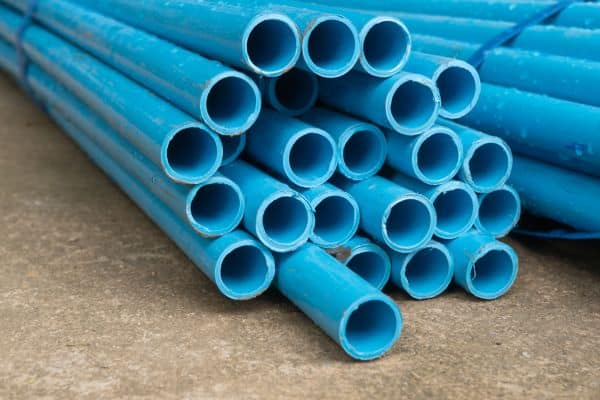
Remove Damaged Pipe Sections - Removing any badly damaged sections of PVC pipe
When it comes to taking care of your home, sometimes you have to make some repairs.
One common issue homeowners face is damaged PVC pipes.
If you notice any severely damaged sections, it’s important to remove them immediately to prevent further damage.
It’s a relatively simple process that can save you time and money in the long run.
With the right tools and some know-how, you can perform a PVC pipe repair with ease.
Don’t let damaged pipes cause any more headaches – take action and remove them today.

Cutting New Pipe Lengths - Measuring and cutting new lengths of PVC pipe to replace damaged sections
When it comes to repairing damaged PVC pipe, one of the necessary steps is cutting new lengths of pipe to replace the sections that are beyond repair.
This process requires accurate measuring and precise cutting in order to ensure a proper fit and prevent any leaks.
Improper cuts may result in wasted materials and costly mistakes.
However, with the right tools and techniques, cutting new PVC pipe lengths can be a manageable task.
It’s important to take the time to measure carefully and make clean cuts to ensure a successful repair job.
With some practice, anyone can become a pro at PVC pipe repair.
Connecting New Pipe Sections - Joining new pipe sections together using adhesives and clamps
When it comes to making a PVC pipe repair, joining new pipe sections together can seem like an intimidating prospect.
Luckily, adhesives and clamps can make the process much smoother.
Adhesives such as PVC cement can bond new sections together quickly and easily.
Clamps provide an additional layer of security, ensuring that even under pressure the pipe will stay together.
With these tools at your disposal, connecting new pipe sections has never been simpler.
Don’t let a damaged PVC pipe stress you out – with the right equipment, you can quickly and efficiently replace any broken or worn sections.
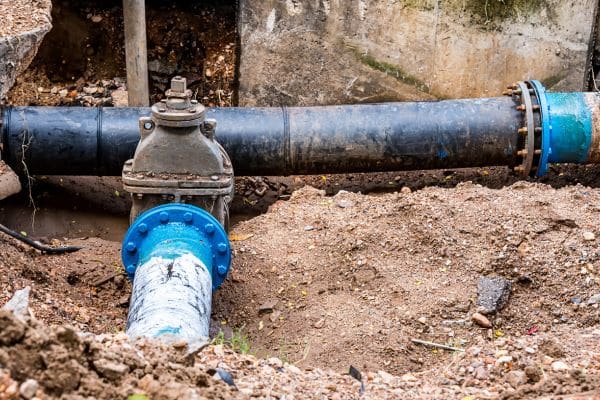
Adding Additional Fittings - Adding extra couplings, elbows, tees, and other fittings to complete the repair job
If you’re tackling a PVC pipe repair, you may find that you need more than just a straight piece of pipe.
That’s where additional fittings come in.
Couplings, elbows, tees, and other fittings can be necessary to complete the job and get your plumbing back up and running.
Adding these fittings requires a bit of extra work, such as properly measuring and cutting the pipe, but it’s worth the effort to ensure a successful repair.
Plus, with the right fittings, you can customize your repair to fit the unique needs of your plumbing system.
So don’t be afraid to add a few extra couplings or elbows to your PVC pipe repair project.



